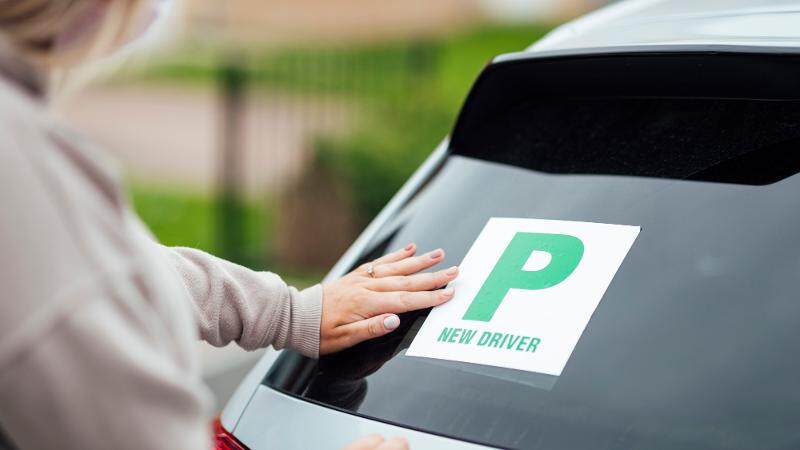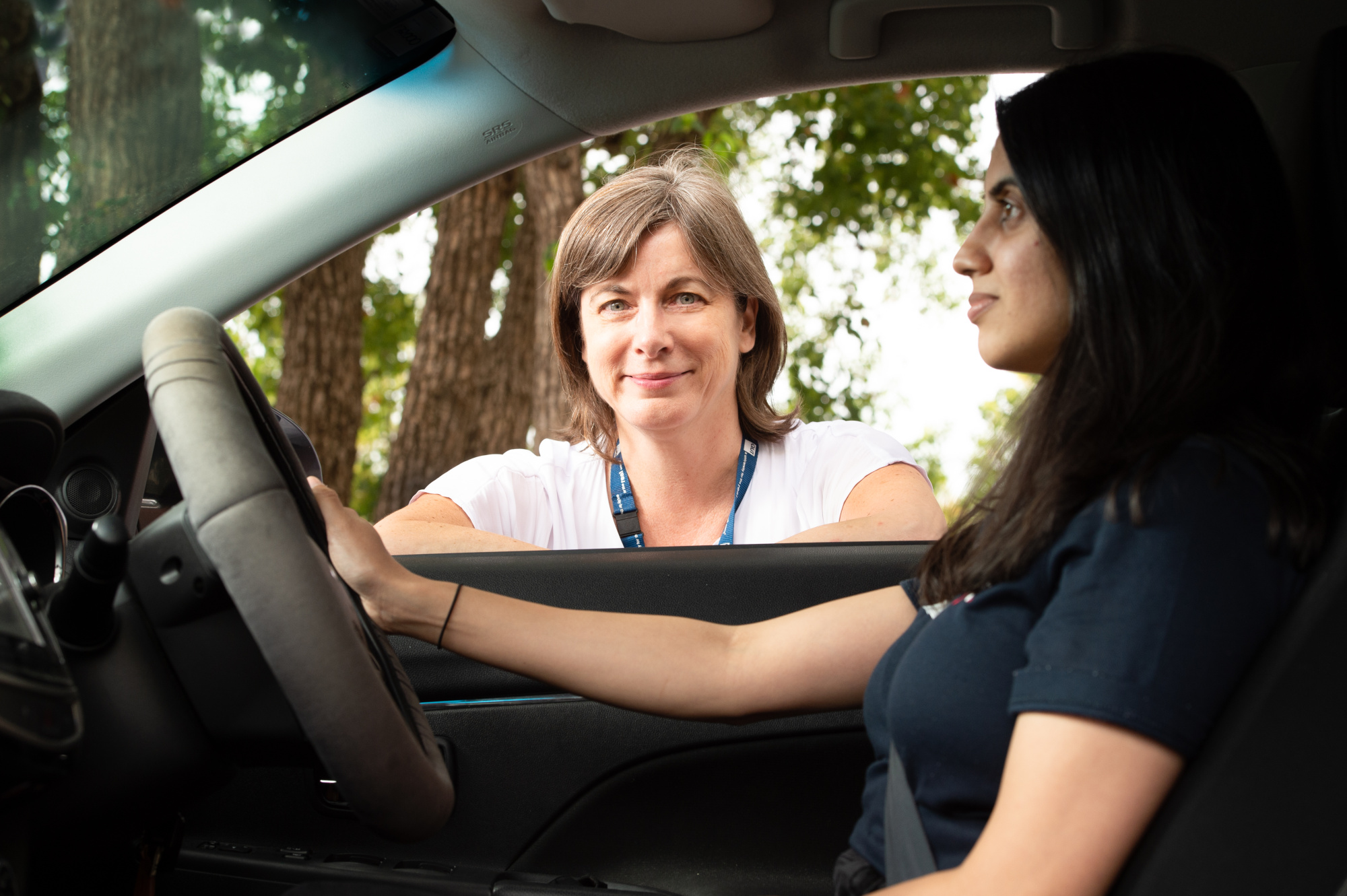A study that tracked almost 21,000 young drivers for more than a decade has revealed that those who took part in a resilience program in Year 11 were much less likely to have a car crash during their early years behind the wheel.


Published in Pediatrics, the 13-year (2003-2016) DRIVE study followed drivers aged 17-24 who received their licence in NSW between 2003-2004.
Led by researchers at QUT, George Institute for Global Health, and UNSW, the study aimed to determine if participation in the ‘Reduce Risk – Increase Student Knowledge’ (RRISK) resilience program run by NSW Health had a long-term effect on reducing motor vehicle crash risk and severity.
Lead author Professor Teresa Senserrick from the Centre for Accident Research & Road Safety – Queensland (CARRS-Q) and the QUT Faculty of Health said the study used baseline survey data and ongoing access to participants’ police recorded motor vehicle crash records.
“While at-fault status was unknown, data showed program participants were 24 per cent less likely to have had any crash and 42 per cent less likely to crash in darkness than non-participants,” Professor Senserrick said.
“What this shows us is that setting up youth to be safer, responsible drivers early has real potential to reduce their lifetime risk of a crash that is significant enough to warrant police attendance.”

Professor Senserrick said the RRISK program brought together Grade 11 students from diverse schools for a one-day seminar, preceded and followed by multiple peer-led, teacher and parent support activities.
She said the whole-of-community seminar included service providers and local organisations that offered support and promoted a culture of safety.
“We found that young people who took a resilience education program rather than just a knowledge and attitudes-based driver education program had better driving records after two years, and even now,” she said.
“The resilience program addressed common youth risks including alcohol and drugs, and how to minimise risk through forward planning and back-up strategies like having a face-saving excuse ready to leave a party or refuse a ride with an impaired driver.”
Professor Senserrick and CARRS-Q colleagues were now applying the new study’s findings to their current young driver research program that included new approaches for professional driving instructors and parents of young learner drivers.
“THE FINDINGS HAVE IMPLICATIONS FOR THE ARRAY OF DRIVER EDUCATION PROGRAMS IMPLEMENTED THROUGH SCHOOLS ACROSS AUSTRALIA,”
PROFESSOR SENSERRICK SAID.
“Focusing on empowerment to make good decisions and develop personal strategies rather than just on increasing knowledge is key.”
Professor Senserrick said resilience programs would not eliminate crash risk but had potential to reduce the risk of crash over a lifetime if people received the education much earlier.
“It can be too late if we wait until a young person starts to drive before teaching them how to be a resilient driver—or even a passenger of another young driver,” she said.
“Reports show young people start to engage in risk behaviours like drinking or smoking around 11 or 12 years of age. Habits are a lot harder to change when you’ve been doing them for years.
“OUR RESEARCH SHOWS THAT SETTING YOUNG DRIVERS UP WITH THE RIGHT MINDSET AND HABITS EARLY CAN REDUCE THEIR RISK OF A CRASH, EVEN OVER A DECADE ON.”
But, implementing universal resilience training would be challenging, according to Professor Senserrick, who said each state and territory already had different driver licence tests and graduated licensing systems.
“We don’t have very many one-on-one interventions for road safety once someone is fully licenced and driving,” Professor Senserrick said.
Joining Professor Senserrick in the research were UNSW colleagues Drs Holger Moller, Kris Rogers, Patricia Cullen and Professor Rebecca Ivers.
Researchers first analysed crash data of DRIVE study participants in 2003-2004, followed by the current QUT-led analyses more than decade on. This relinkage study was funded by the National Roads and Motorists’ Association (NRMA)-Australian Capital Territory Road Safety Trust.






































